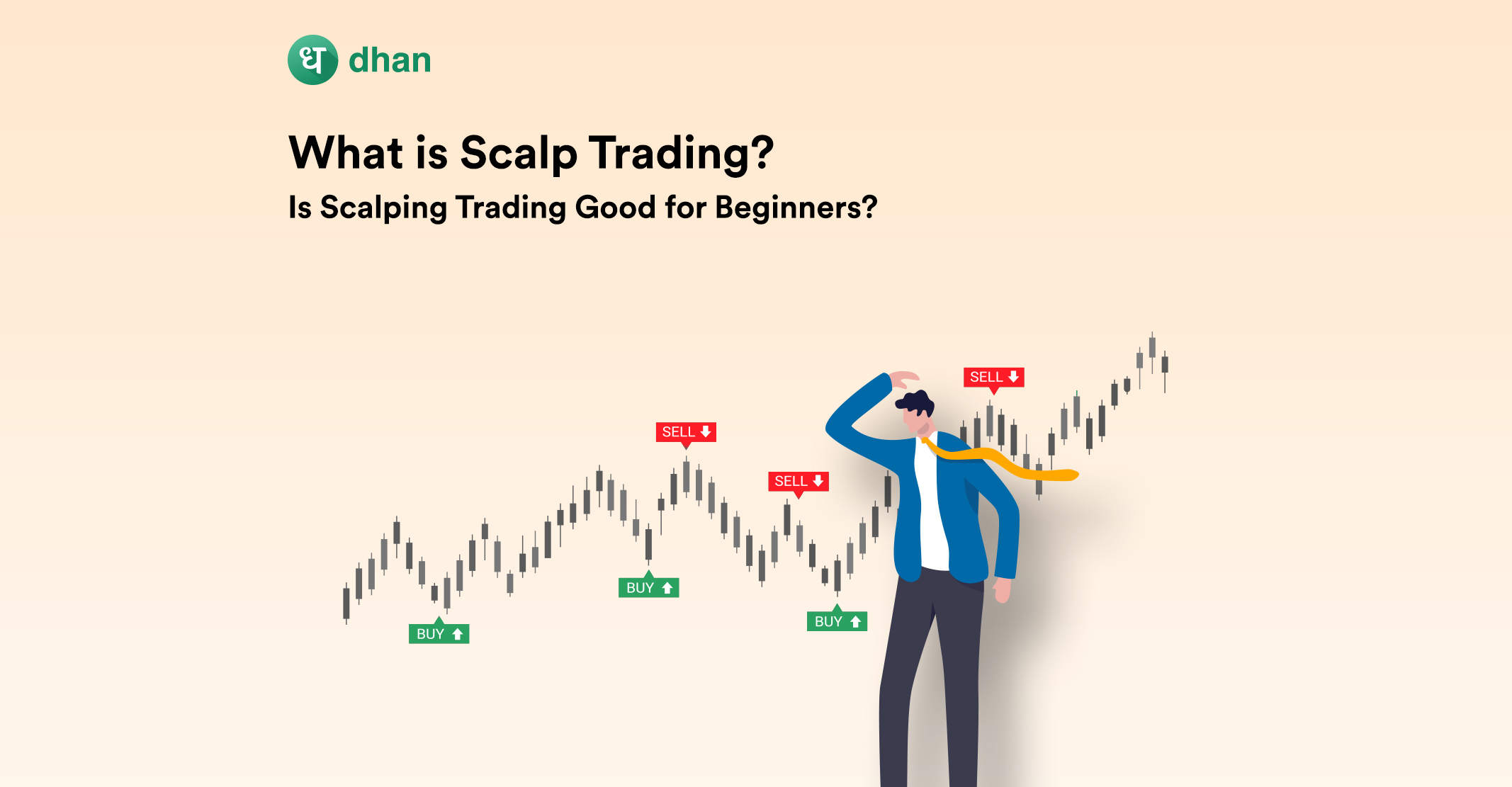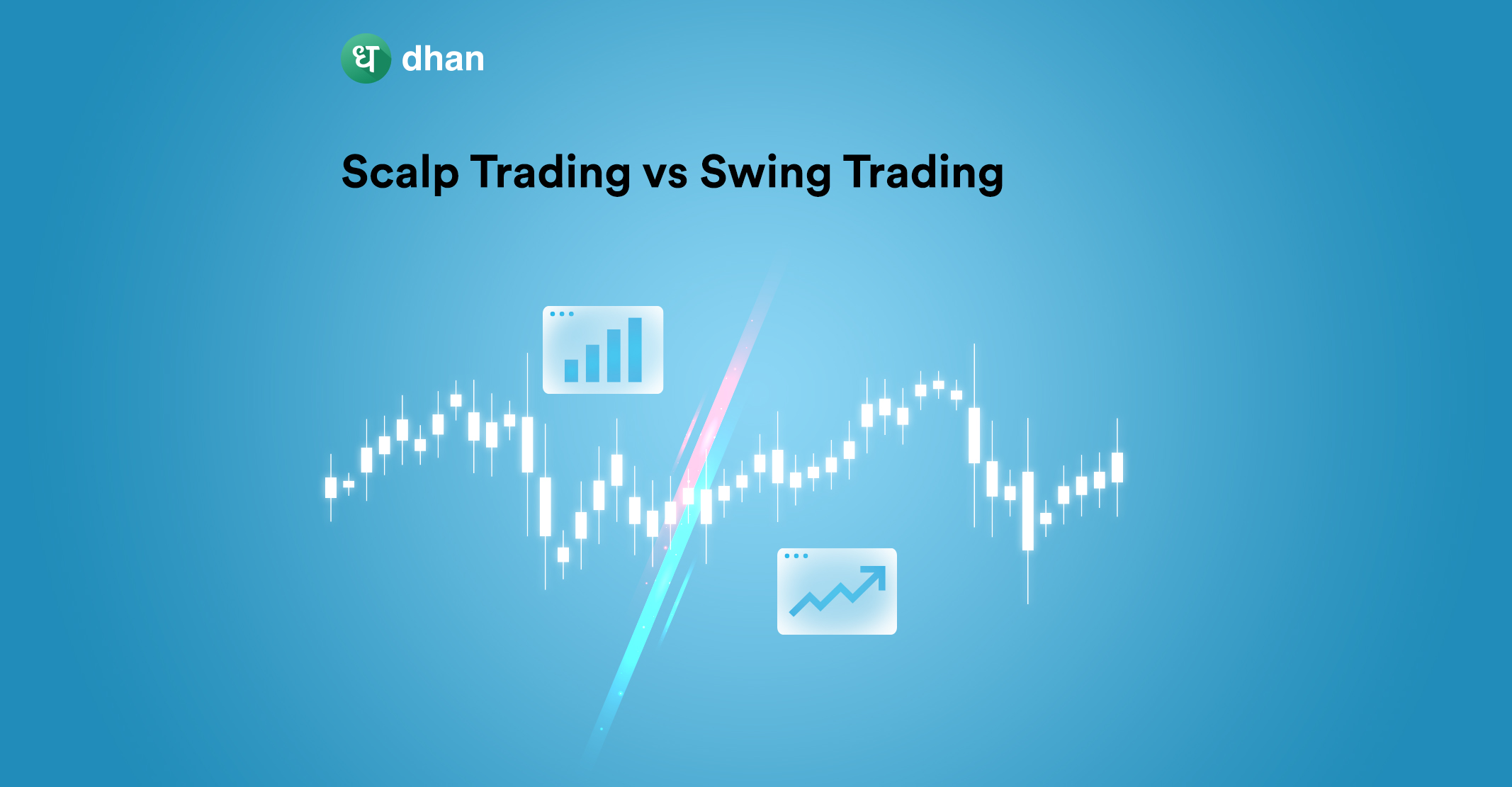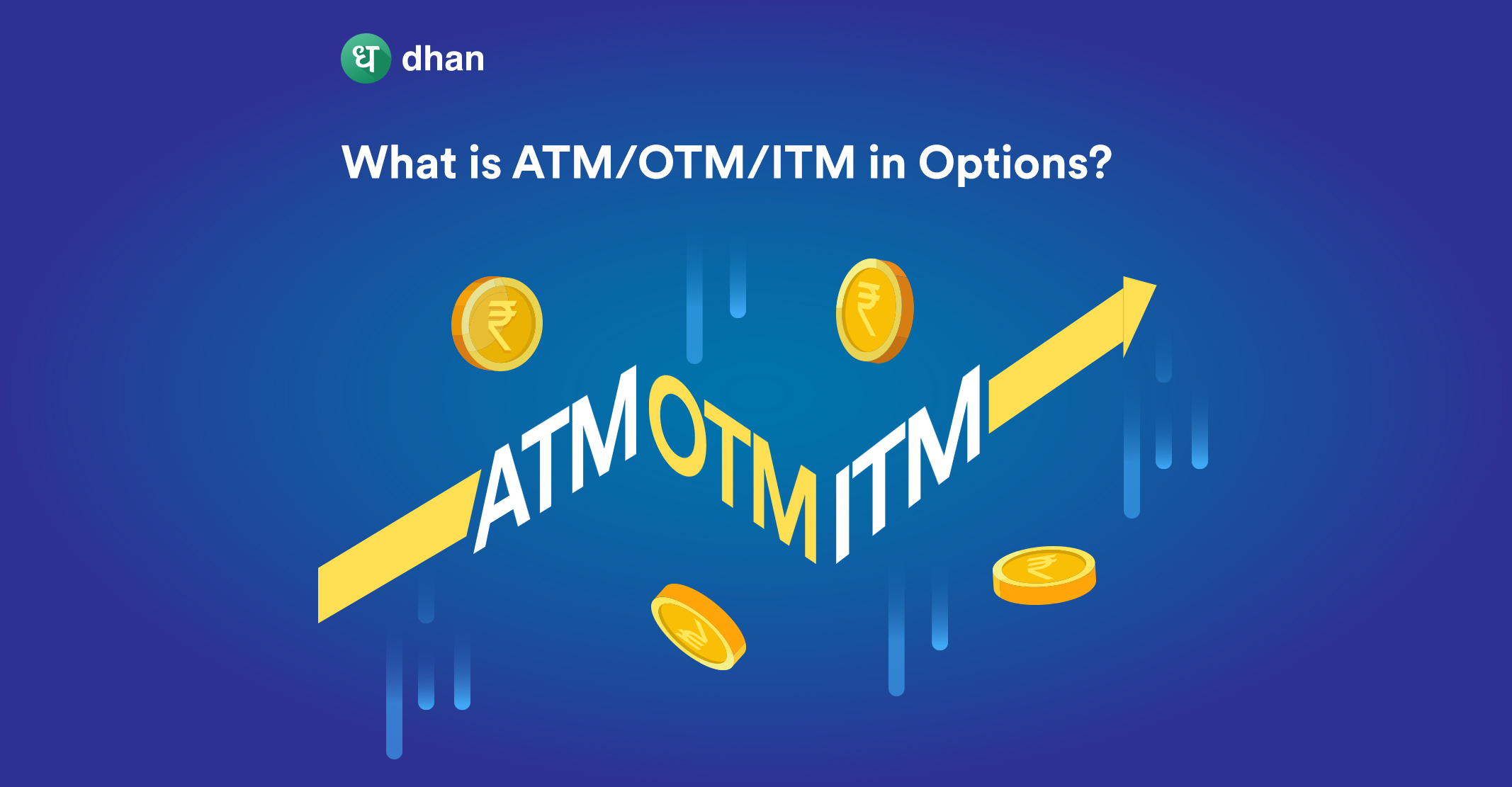What is Scalp Trading?
Scalp trading is a form of intraday trading that involves buying and selling a financial instrument in seconds or minutes.
A trader who’s scalping will make a high volume of traders with one simple aim – to make incremental profits.
In fact, a typical scalp trader will enter and exit tens if not hundreds of trades every day, with each trade lasting for seconds to minutes.
Either way, scalping is a form of trading that requires discipline.
Every scalp trader knows not to chase exorbitant profits but to follow a trading strategy that is well thought out, risk-averse, and battle-tested.
Rather than going for equity shares or currency pairs that have less than optimal liquidity, a scalper will choose highly liquid financial instruments that allow them to enter and exit with ease as well as generate decent profits.
What attracts traders to scalping is, apart from the returns, the relatively low risk that the trading style carries. How badly can a stock or currency fall in a few minutes?
The answer is not much, at least not always. Check out the image below to see the minute-by-minute changes in stocks and currency futures.
This principle limits the downside that a scalper may experience per trade. But one bad scalp trade has the potential to wipe out other wins.
That’s why scalp trading is perceived to be a low-risk form of trading but, at the same time, it requires a nuanced approach when it comes to managing risk.
How Does Scalp Trading Work?
By now, you must’ve more or less got a gist of what is scalping. That said, trading is as real as it gets which means an example would be a better way to answer the question of how scalping works.
Here’s the example. Meet Mr. Kho P.D. He is a trader who loves to scalp.
As a scalper, Mr. Kho P.D places anywhere between 10 to 100 trades every day with a clear goal of making ₹20 per trade.
If Mr. Kho P.D is successful, he’d make ₹2020 per day and ₹40,400 over 20 trading days. His downside risk is also defined – he can’t lose more than ₹10 per trade.
While this may seem easy in principle, scalp trading requires time and effort. After all, you’ll have to monitor price movements over seconds and minutes to execute scalp trades.
That’s why Mr. Kho P.D is a full-time trader who has a solid trading setup in place.
Dhan is his platform for scalping which gives him access to hundreds of free technical indicators.
Remember, the upside and downside are achievable because they’re clearly defined and employ a conservative estimate.
He combines his clear goals and technical indicators for scalping with execution, starting with choosing Dhan + TradingView. Mr. Kho P.D can do one or more of the following:
- Wait for a breakout
- Enter & exit quickly
- Keep trading until he hits his profit goals
The image above shows Mr. Kho P.D trading a breakout using the Bollinger Bands Indicator. A breakout is a trading signal that occurs when a candle moves above or below a certain level.
You can see four circles in the image above. The smaller, yellow circles indicate a regular buy-low-sell-high strategy. The bigger, orange circles indicate a shorting strategy.
The first yellow circle marks the time at which the candlesticks move below the lower Bollinger Band, which indicates that a surge in price is incoming.
Mr. Kho P.D exits his position as soon as another breakout occurs above the upper Bollinger Band, indicating an imminent downward move.
Soon after exiting his position, he notices another breakout above the upper band. Mr. Kho P.D will now “short” the stock. Shorting is the act of selling high and buying low.
If you want to know if shorting is legal, yes it is. The only caveat is that you must square off the position with an opposite trade. That’s what the orange circles indicate.
This brings us to another point about what is scalping. A scalper can choose to trade the same asset multiple times throughout the day based on their trading strategy.
Scalp Trading Strategies
We discussed one example of how scalping works in the previous section. There are multiple strategies that Mr. Kho P.D could’ve followed. We’ll discuss some of them in the following bullet points.
- 1-Minute Scalping Strategy: Use the one-minute candle to identify entry and exit points
- 5-Minute Scalping Strategy: Use the five-minute candle to enter and exit trades
- Multiple Minute Charts: Identify support and resistance based on 5, 15, and 60-minute charts
- Indicators: Use MACD, Moving Averages, and RSI on charts to find entry and exit points
Regardless of the strategy being used, good scalpers always ensure that they’re trying to win, not get greedy, and always manage their risk. One way to do this is to have a trailing stop loss in place.
If you’re a scalper finding their way through various strategies, there’s a chance that you may lose some trades. Setting a trailing stop loss will ensure that you don’t lose any more than you have to.
Pros & Cons of Scalp Trading
| Pros of Scalp Trading | Cons of Scalp Trading |
| No overnight risk | More time-consuming |
| Purely based on technicals | High effort |
| High overall profit potential | High brokerage |
Is Scalp Trading Illegal in India?
Scalping is legal in India. It’s a fair means to earn returns incrementally by making a large volume of trades. But there’s a historical context to this question.
A significantly large volume of intraday transactions had the potential to disrupt trading systems.
Furthermore, scalping requires a solid trading system and setup, both of which may not have been easily accessible back in the day. If trades can’t be executed efficiently, there’s a risk of loss.
That’s why scalping may not have been the most ideal strategy to follow in years gone by. But exchanges and brokers have robust trading systems that allow you to scalp like a pro.
Steps to Begin Scalp Trading
You can start scalp trading in 5 simple steps.
1. Select a Trading Platform
Most seasoned scalp traders stick to a platform that helps them execute their trading strategy.
That’s why selecting the right stock trading platform is crucial. Folks typically look at reviews from existing traders as well as the features that the platform offers.
2. Complete Your KYC
Every regulated trading platform will require you to complete your KYC before you can move on to scalp trading. All they’ll require is your proof of address, identity, income proof, signature, and photo.
3. Wait for Approval
Once the platform verifies your KYC, it goes to the depository participants and exchanges for approval. This generally takes 24 hours or less but may take more time if you’ve applied over the weekend.
4. Fund Your Trading Account
After your KYC is approved, your trading account will be active. This is good news because it means you’re just about ready to start scalping.
Before you can begin trading, you’ll have to fund your trading account. On Dhan, you can add money to your trading account via Gpay, Netbanking, and more.
5. Start Scalp Trading
Active account ✅ Funded trading account ✅ You’re now ready to execute your scalp trading strategies. Always ensure that you have a mechanism in place to manage risk and trade wisely!
Like this? Then you’ll love:



